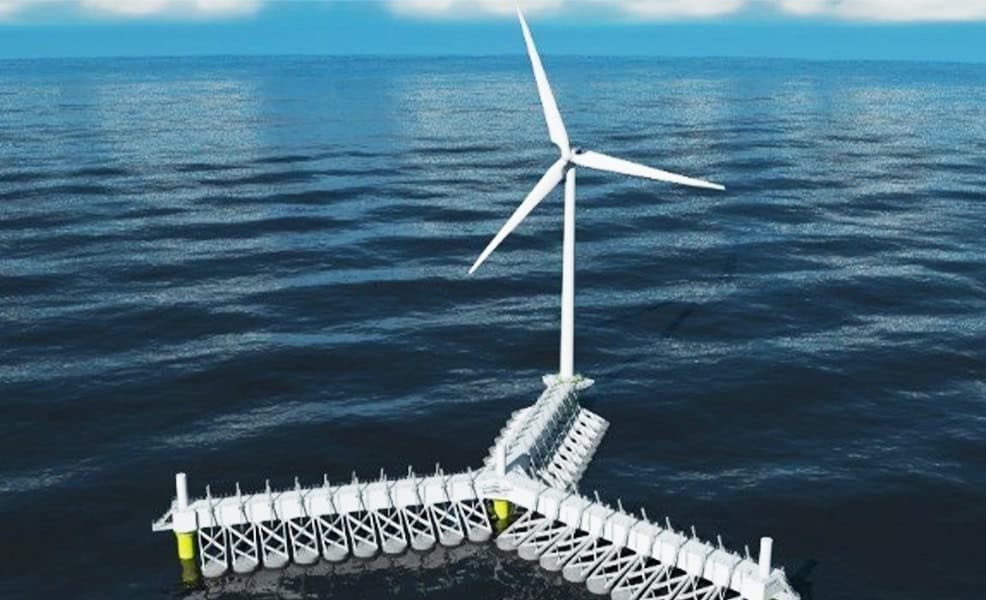Scientists from the School of Electromechanical Engineering at the Tecnológico de Costa Rica (TEC) are pioneering a project to generate electricity from sea waves. Launched in 2015, the “E.Wave: Olamotricity System for Electric Generation” initiative aims to develop more efficient systems for harnessing Costa Rica’s wave energy potential.
However, despite the promise of ocean energy, its high production costs—up to four times more expensive than wind or solar—pose significant challenges to its development
This financial obstacle is why this type of technology is still under development worldwide. Globally, countries like Ireland, France, and Spain are testing prototype devices to tap into wave energy, yet the high costs remain a barrier to widespread adoption.
To overcome this challenge, the scientists at TEC who lead the initiative have focused their efforts on creating a much more efficient device—one capable of producing a high amount of energy economically. Once implemented, this device aims to lower the cost per kilowatt, making ocean energy more competitive with other renewable sources.
“One of the great advantages we have as a country is that 92% of Costa Rica’s territory is sea, and currently, Costa Rica has not taken advantage of this energy resource,” added Vega.
For example, in 2013, a study titled “Costa Rica: Determination of Marine Energy Potential for Electricity Generation” analyzed the potential of Costa Rica’s marine resources, including waves, ocean currents, and tides. The study found that Costa Rica has 2.3 gigawatts of potential wave energy.
“The figure of 2.3 gigawatts tells us that, if we consider the consumption of an average house, the initiative could help power 6 million Costa Rican homes per month, consistently. In other words, we have a lot of potential,” explained Guerrero.
The new technology developed by TEC has a simple three-step operation. First, wave motion moves a floating buoy; then the buoy is attached to an oscillating arm. The movement of this arm drives an electric generator that converts the wave motion into electrical power.
“In the future, we plan to investigate what we know as farms. We are going to place them in the sea,” said researcher Juan Guerrero.
According to the scientists, these wave energy farms will ensure the extraction of a greater amount of energy, which will translate into cheaper energy. “In the end, this will make it easier for us to bring all this energy to the coastal areas of our country, and ultimately, it will also mean that we can improve our country’s energy matrix,” Guerrero pointed out.
E.Wave is a project aligned with the 2030 agenda and global plans that seek carbon neutrality by 2050.
“One of the ways to contribute to reducing the carbon footprint is through the generation of clean energy using ocean waves. And in this project, what we are trying to do is just that—to impact the cost of energy production so that in the near future it can supply the energy grid,” Guerrero said.






